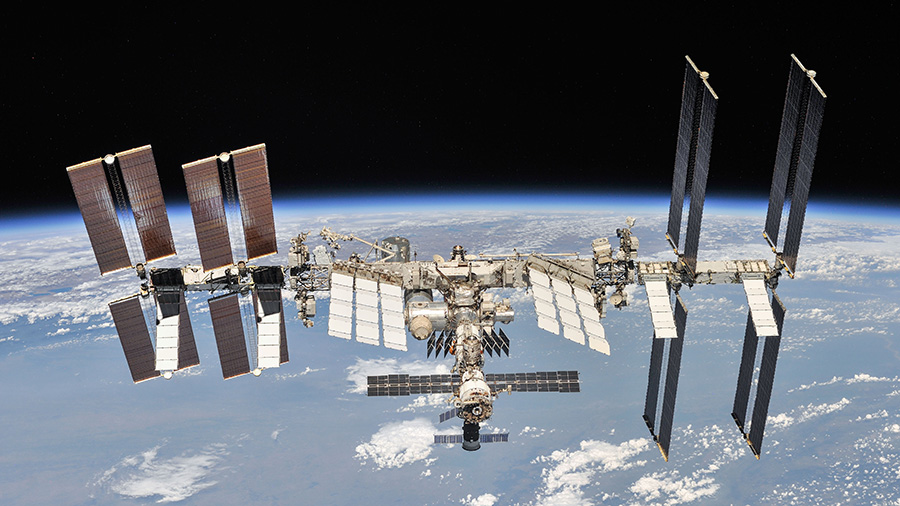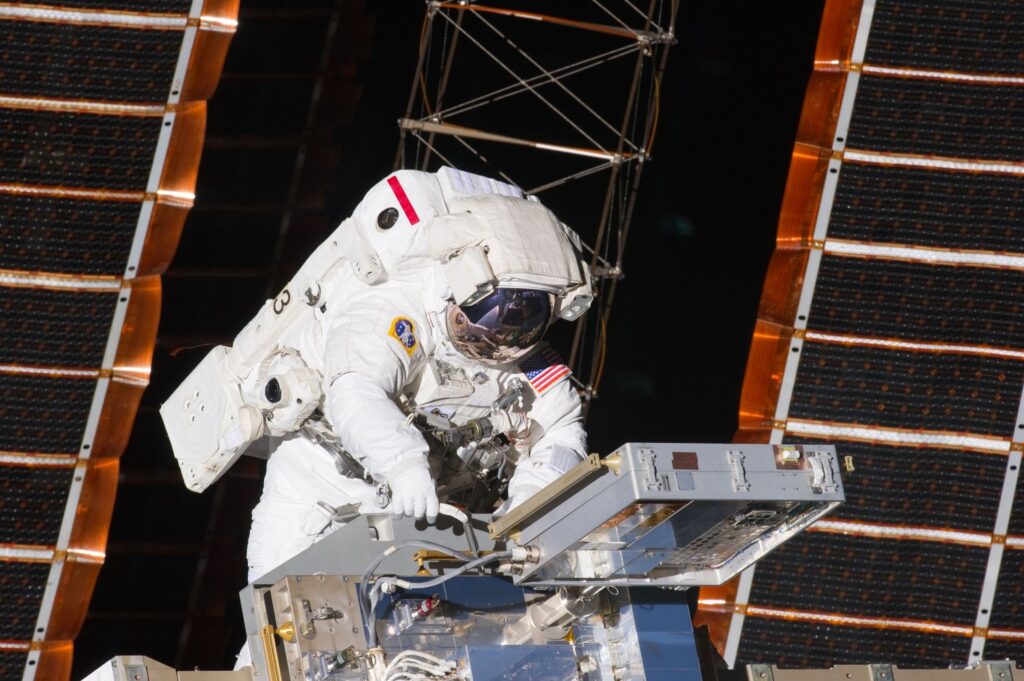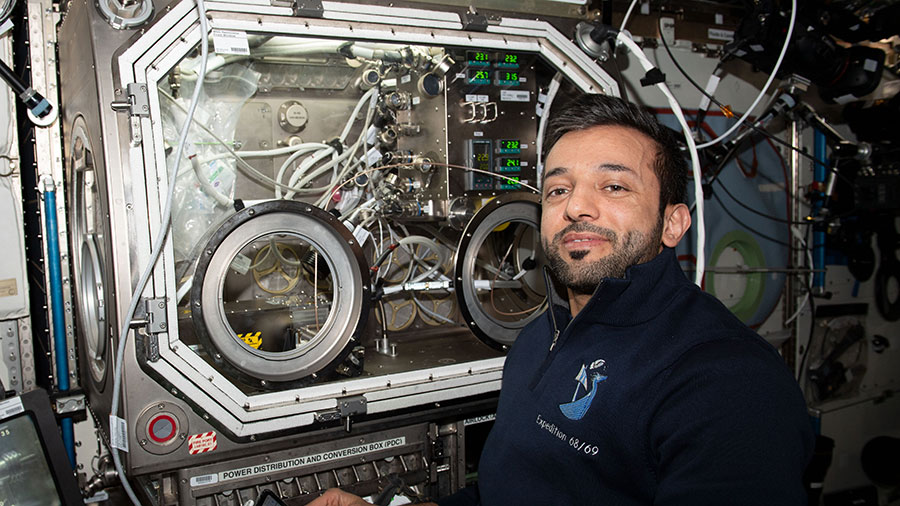
Another busy day of science activities is underway for the Expedition 70 crew and robotics ground controllers following the arrival of SpaceX’s Dragon cargo spacecraft last weekend. The seven members aboard the International Space Station spent time on an array of research today while grounds teams remotely retrieved science hardware from Dragon.
Flight Engineer Loral O’Hara started work in the morning on an experiment that studies age-related liver dysfunction and regeneration. The first-time station resident of NASA processed liver tissue samples in the Life Sciences Glovebox, research that could help scientists understand the biology of aging and its effects on disease mechanisms. Later in the day, Flight Engineer Jasmin Moghbeli of NASA took over this work before stowing the samples.
After yesterday’s ILLUMA-T extraction, mission controllers from the U.S. spent another day on robotics activities to retrieve more science hardware delivered inside Dragon’s unpressurized trunk. Remotely controlling the Canadarm2 robotic arm, engineers extracted the new Atmospheric Waves Experiment (AWE) payload to mount it to the exterior of the orbiting laboratory. From its perch, AWE will track small-scale atmospheric gravity waves in our home planet’s upper atmosphere to investigate how they contribute to space weather, which affects space- and ground-based comms, navigation, and tracking systems.
While ground teams worked remotely outside the station, research experiments continued for other residents aboard. Commander Andreas Mogensen of ESA (European Space Agency) spent the majority of his day deploying six antimicrobial placards for a four-month investigation that will test a coating to inhibit microbial growth on several surfaces aboard the orbiting laboratory.
Meanwhile, after yesterday’s start on treating cell samples inside the Kibo laboratory, astronaut Satoshi Furukawa of JAXA (Japan Aerospace Exploration Agency) continued this work for the Cell Gravisensing-2 study. Using a microscope, he observed additional samples to help researchers learn how lack of gravity affects cell response.
The trio of cosmonauts kept busy with their own scientific research and maintenance activities. Flight Engineer Konstantin Borisov worked on an ongoing investigation that observes Earth’s nighttime atmosphere in near-ultraviolet and photographed the Zarya and Nauka modules to assist in future planning of repairs and science equipment placement. Flight Engineer Oleg Kononenko inspected hardware in Nauka, while Flight Engineer Nikolai Chub completed some orbital plumbing and investigated the processes of liquid phases in microgravity.
Learn more about station activities by following the space station blog, @space_station and @ISS_Research on X, as well as the ISS Facebook and ISS Instagram accounts.
Get weekly video highlights at: https://roundupreads.jsc.nasa.gov/videoupdate/
Get the latest from NASA delivered every week. Subscribe here: www.nasa.gov/subscribe




